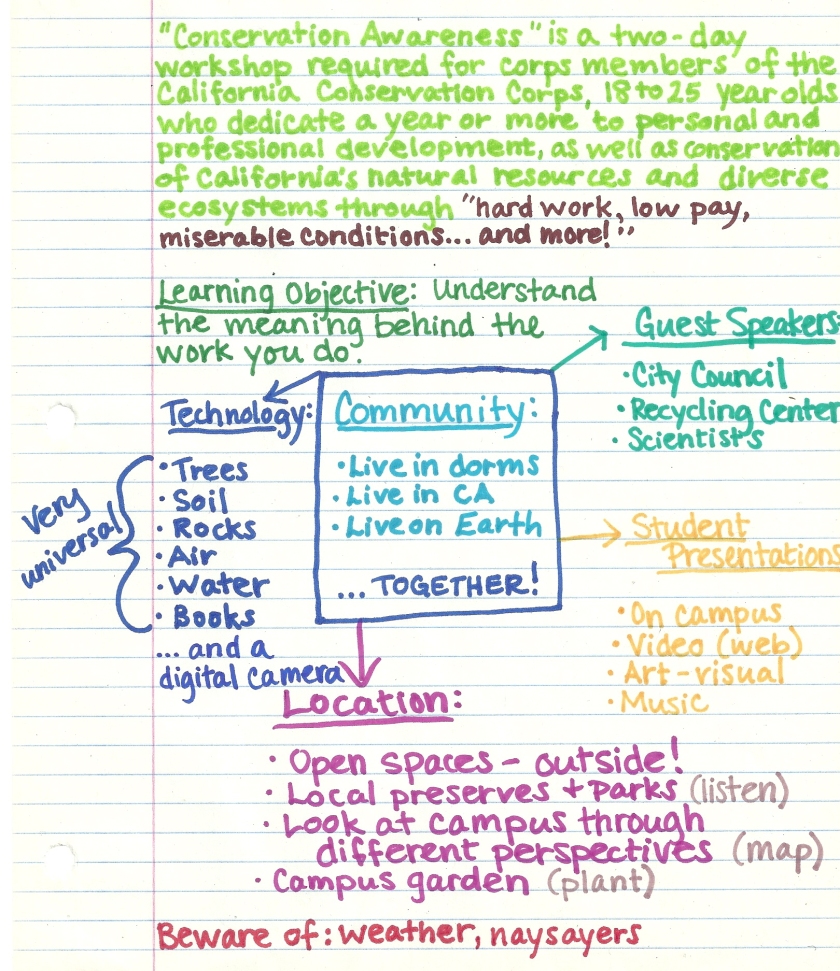It’s been a long time since I had a blog, and I’m glad EDUC x 580 has encouraged me to start one again. Just establishing the blog was the hardest part! Because my interests are far broader than teaching in higher education, I look forward to adding content about my other interests and accomplishments, including GIS projects, volunteer events I participate in, and random art and photographs.
Having this blog throughout the semester, very similar to journals I have been assigned in other programs, has encouraged me to really develop a narrative for my experiences in this class, helping me to absorb and reflect on the materials covered. Reading other students blogs is a great, more casual way to learn about other students’ experiences in the program and gain new perspectives.
I had previously tried to get a blog for my students through the state program I work for, but doing it through the government with all the regulations was very discouraging. However, I think in higher education there is more freedom to experiment with these technologies and I could see myself utilizing blogging as a tool for individual students in a class.

